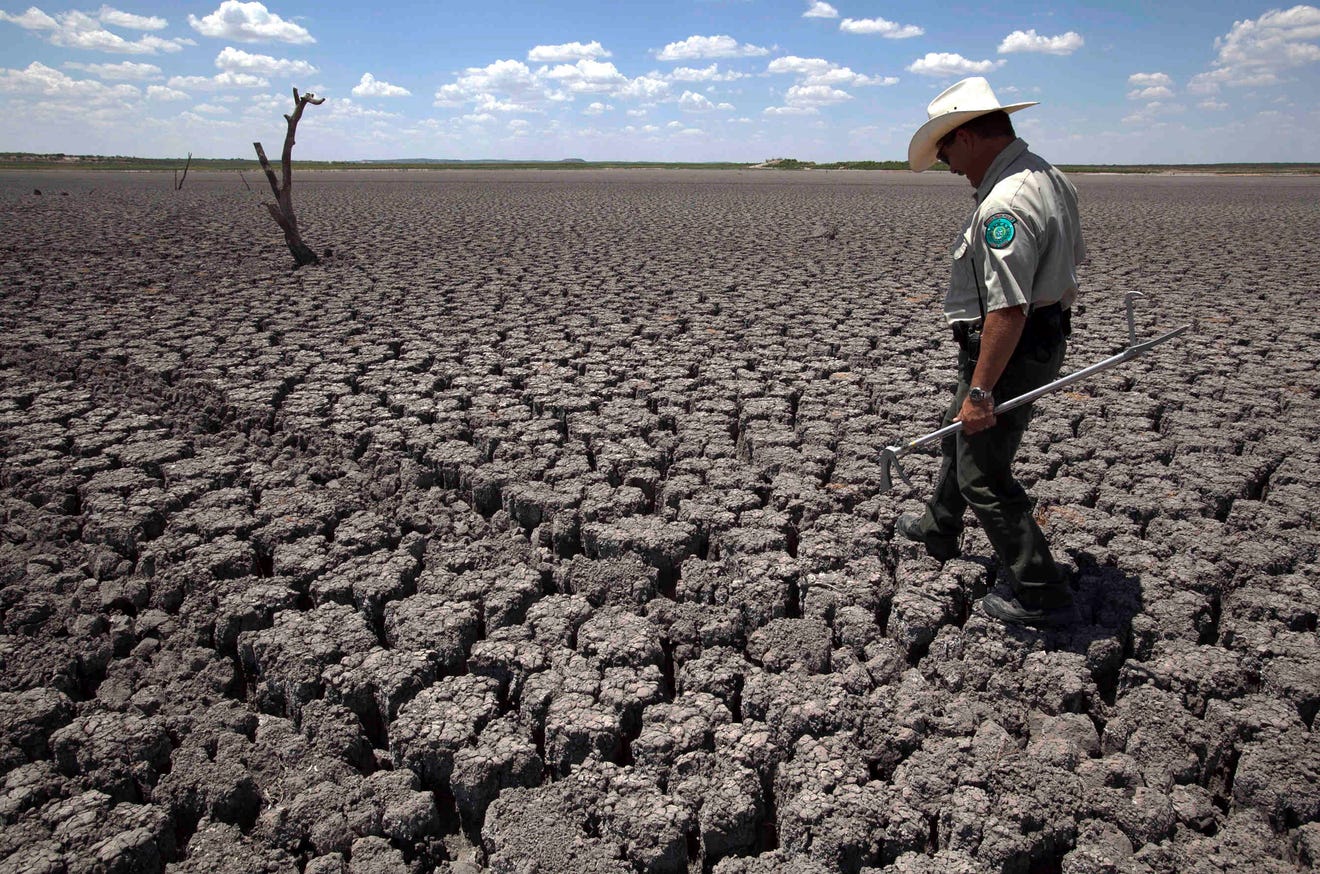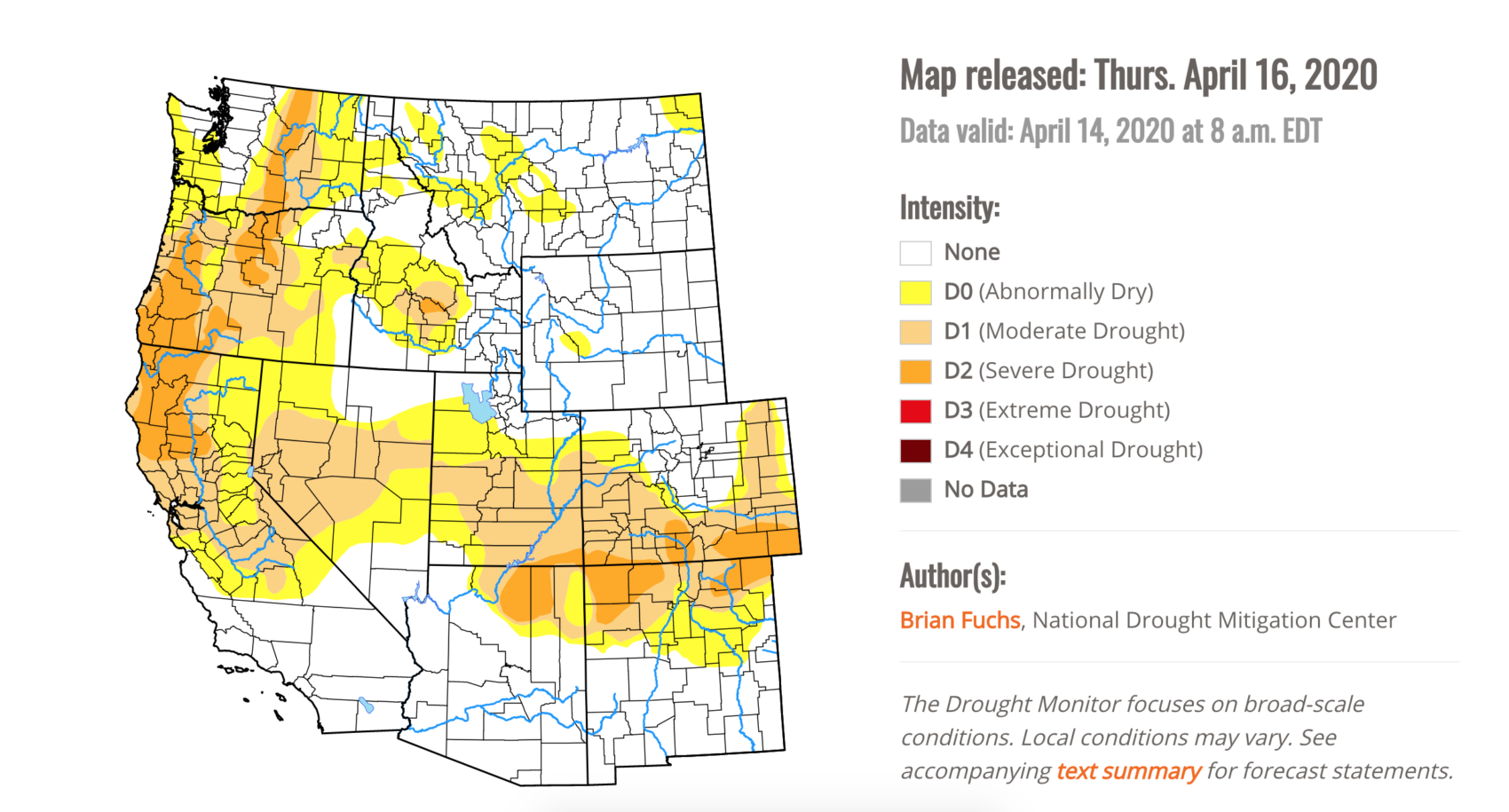
Human-caused climate change appears to be the cause of a “megadrought” emerging in the western U.S., according to a study published on Thursday, April 16 in Science Magazine. Scientists are saying the nearly-20-year drought is almost as bad or worse than any in the past 1,200 years.
The abstract from the study published in Science Magazine reads:
Severe and persistent 21st-century drought in southwestern North America (SWNA) motivates comparisons to medieval megadroughts and questions about the role of anthropogenic climate change. We use hydrological modeling and new 1200-year tree-ring reconstructions of summer soil moisture to demonstrate that the 2000–2018 SWNA drought was the second driest 19-year period since 800 CE, exceeded only by a late-1500s megadrought. The megadrought-like trajectory of 2000–2018 soil moisture was driven by natural variability superimposed on drying due to anthropogenic warming. Anthropogenic trends in temperature, relative humidity, and precipitation estimated from 31 climate models account for 47% (model interquartiles of 35 to 105%) of the 2000–2018 drought severity, pushing an otherwise moderate drought onto a trajectory comparable to the worst SWNA megadroughts since 800 CE.
The study covers an area stretching across nine U.S. states from Oregon and Montana down through California, New Mexico, and part of northern Mexico.

Megadroughts – defined as intense droughts that last for decades or longer – once plagued the Desert Southwest. Now, likely due to global warming, one appears to be coming back to the western U.S. The study’s study lead author A. Park Williams, a bioclimatologist at Columbia University, said in a statement published in an article by USA Today:
“We now have enough observations of current drought and tree-ring records of past drought to say that we’re on the same trajectory as the worst prehistoric droughts,” Williams said. “This is a drought bigger than what modern society has seen.”
To identify past droughts, scientists studied thousands of tree rings to find out how much – or little – rain fell hundreds of years ago. Scientists used historical data in combination with several computer model simulations to reach their conclusions according to the study.
According to Williams and other scientists, about half of this historic drought can be blamed on man-made global warming. Some of the impacts today include shrinking reservoirs and worsening wildfire seasons, USA Today reports.
One additional worrisome fact from the study was that the 20th century was the wettest century in the entire 1,200-year record. During that time, the population of the United States boomed.
“The 20th century gave us an overly optimistic view of how much water is potentially available,” said study co-author Benjamin Cook, a NASA climate scientist, in a statement. “It goes to show that studies like this are not just about ancient history,” he said. “They’re about problems that are already here.”